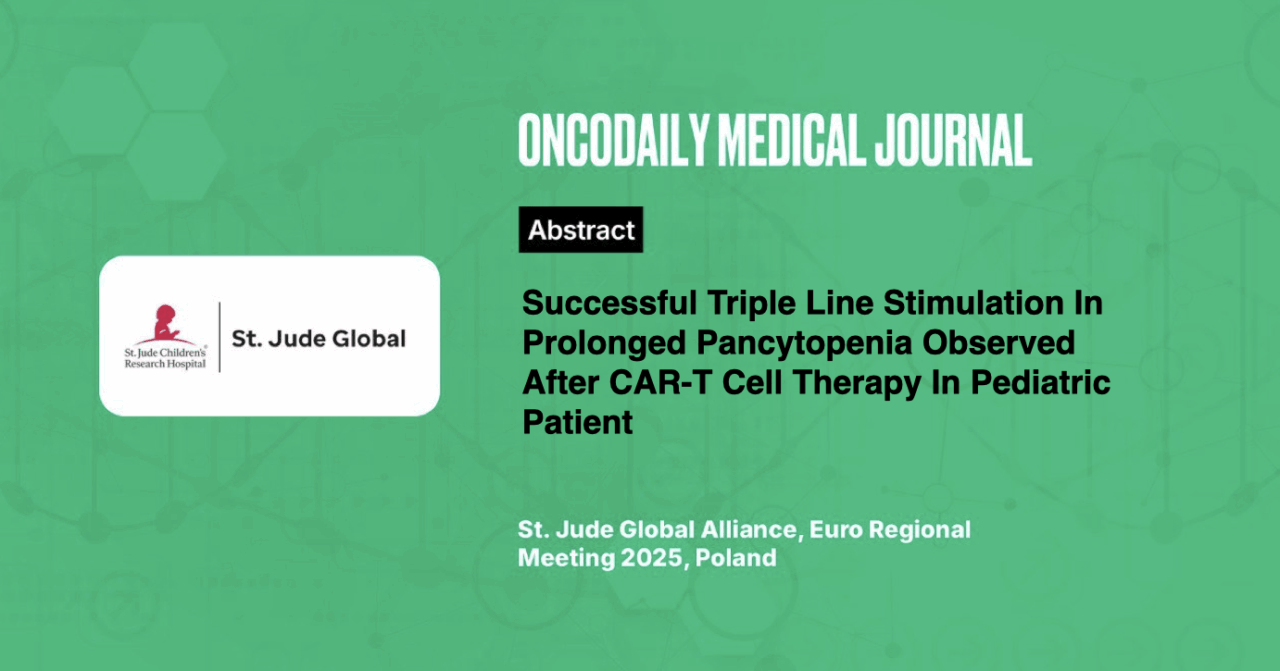Successful Triple Line Stimulation In Prolonged Pancytopenia Observed After CAR-T Cell Therapy In Pediatric Patient
Abstract
Introduction: Cytopenias following CAR-T cell therapy have been reported in several studies; however, common biomarkers have not yet been identified. We present a case of successful triple-line stimulation therapy in a pediatric patient with prolonged cytopenia following CAR-T therapy.
Methodology: A 16-year-old girl diagnosed with B-cell acute lymphoblastic leukemia (B-ALL) at the age of 3 years experienced a very early relapse during consolidation chemotherapy and subsequently underwent allogeneic bone marrow transplantation (MUD). After being lost to follow-up for several years, she was readmitted in 2023 with severe cachexia (BMI <12), heart failure (EFS <30% in echocardiogram), muscle contractures, and impaired movement.
A second isolated relapse of B-ALL was confirmed, and she was started on individualized chemotherapy protocols before being qualified for CAR-T therapy. She received lymphodepleting chemotherapy (Flu/Cy), followed by CAR-T cell (tisagenlecleucel) infusion in June 2023, with no major complications (CRS2, ICANS0).
Results: Three weeks after CAR-T infusion, the patient developed grade 4 pancytopenia, requiring repeated transfusions. Due to a lack of hematopoietic recovery, triple-line stimulation therapy was initiated on day +50. Filgrastim (5 μg/kg) was administered daily for 30 days, then at progressively longer intervals until day +120. The patient received 18 doses of darbepoetin alpha, with the first four doses (0.7 μg/kg) given weekly, followed by 14 doses every two weeks (0.3 μg/kg). Eltrombopag (50 mg/day) was used for almost 10 months. This triple-line stimulation therapy led to a gradual normalization of hematological parameters. No adverse effects were observed, apart from a transient increase in transaminases.
Conclusion: Triple-line stimulation therapy contributed to the achievement of sustained hematological recovery in this patient. Following this success, similar therapy has been implemented in a series of cases of post-CAR-T cytopenias at our center.





